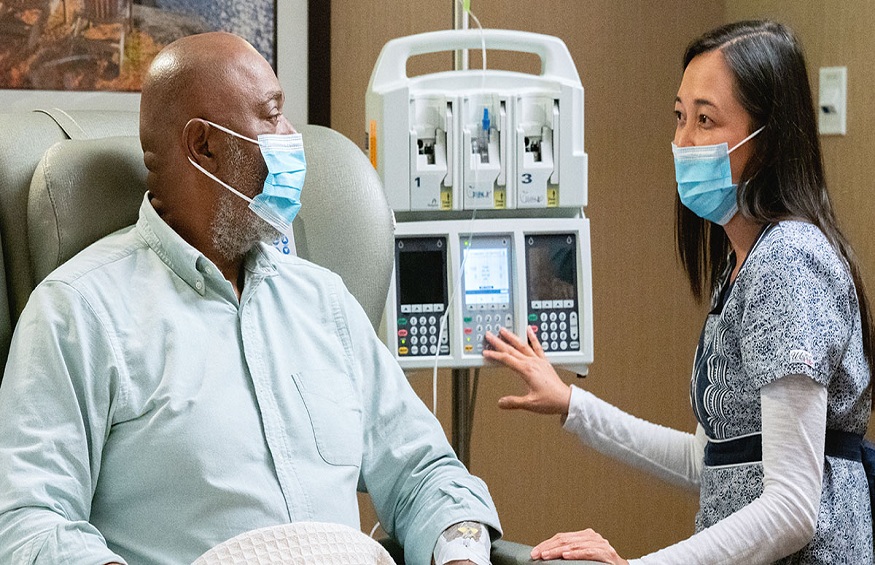Imagine a time when the only solution to a relentless headache was a hole drilled into the skull. Brutal, isn’t it? This ancient practice, known as trepanation, was the birth of neurosurgery. Fast forward thousands of years, and we’re no longer savagely puncturing skulls. Instead, we delicately navigate the brain’s complex highways. One condition we often face is the Roswell pinched nerve. As we journey through neurosurgery’s evolution, we’ll find the leap from brute force to finesse fascinating.
The Dawn of Neurosurgery
Let’s take a step back in time, traveling to a primitive, yet fascinating world. Skulls with holes, dating back to 6500 BC, show our ancestors’ first attempts at neurosurgery. As terrifying as it sounds, trepanation gave them a fighting chance against conditions like fractured skulls or relentless headaches.
From Trepanation to Sophistication
Fast-forward through centuries, the introduction of anesthesia in the 19th century was a game changer. It allowed surgeons to take their time, and be more precise. They could venture deeper into the brain’s complex maze without causing unbearable pain.
The Birth of Modern Neurosurgery
The 20th century ushered in a new era. Think of it as switching from a sledgehammer to a scalpel. We saw the invention of the surgical microscope, CT scans, and MRI. These were revolutionary tools, allowing us to see and understand the brain like never before.
Pinched Nerve: A Modern-day Challenge
Now, we deal with conditions like a pinched nerve. Imagine a nerve, squeezed by surrounding tissues. It’s like a water hose, pinched so tightly, that water struggles to get through. Patients often feel pain, tingling, or even weakness. But thanks to modern neurosurgery, we can fix this, restoring hope and health to those affected.
The Future of Neurosurgery
Looking ahead, the future of neurosurgery is exhilarating. We’re working on minimally invasive techniques, robotics, and artificial intelligence. We’re not only fixing problems but predicting them, preventing them.
From brute force to finesse, the evolution of neurosurgery is a testament to human innovation and resilience. So, here’s to the past. And more importantly, here’s to the future!





